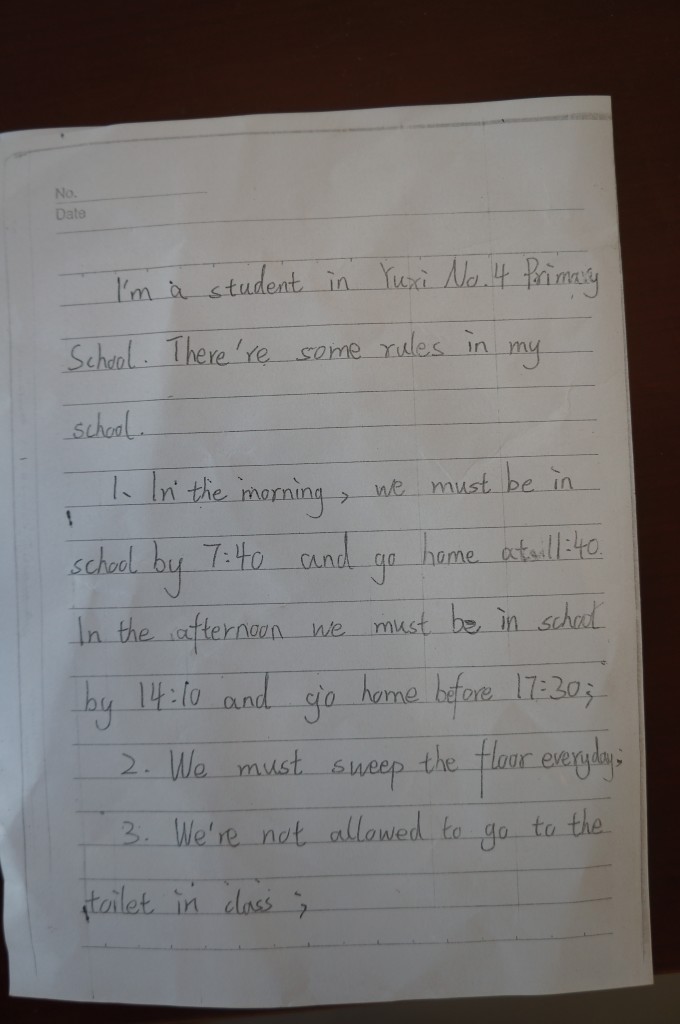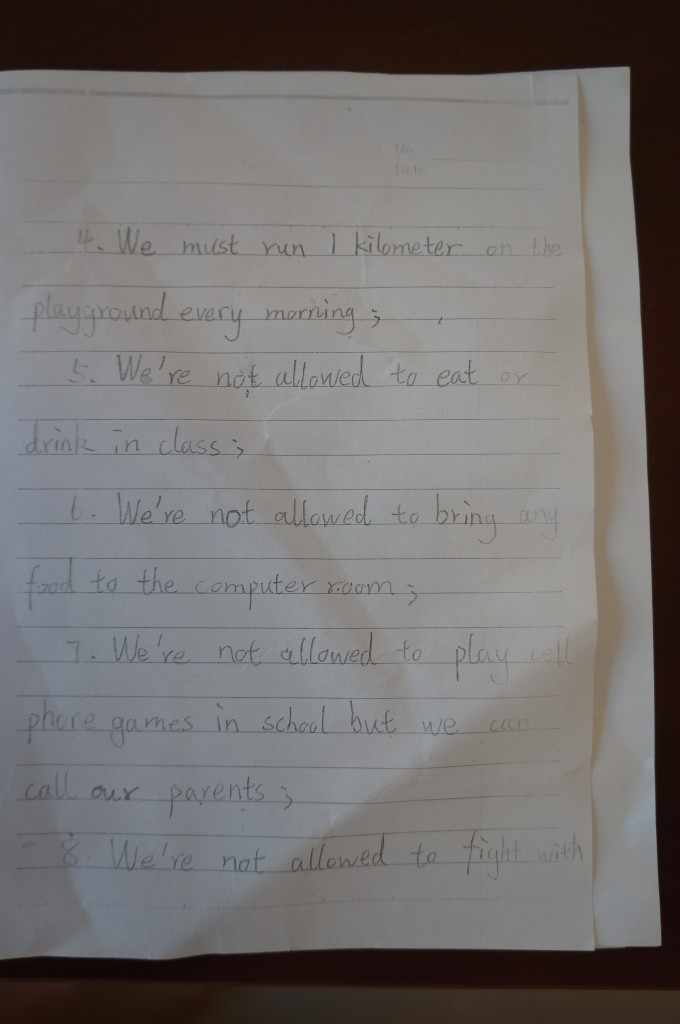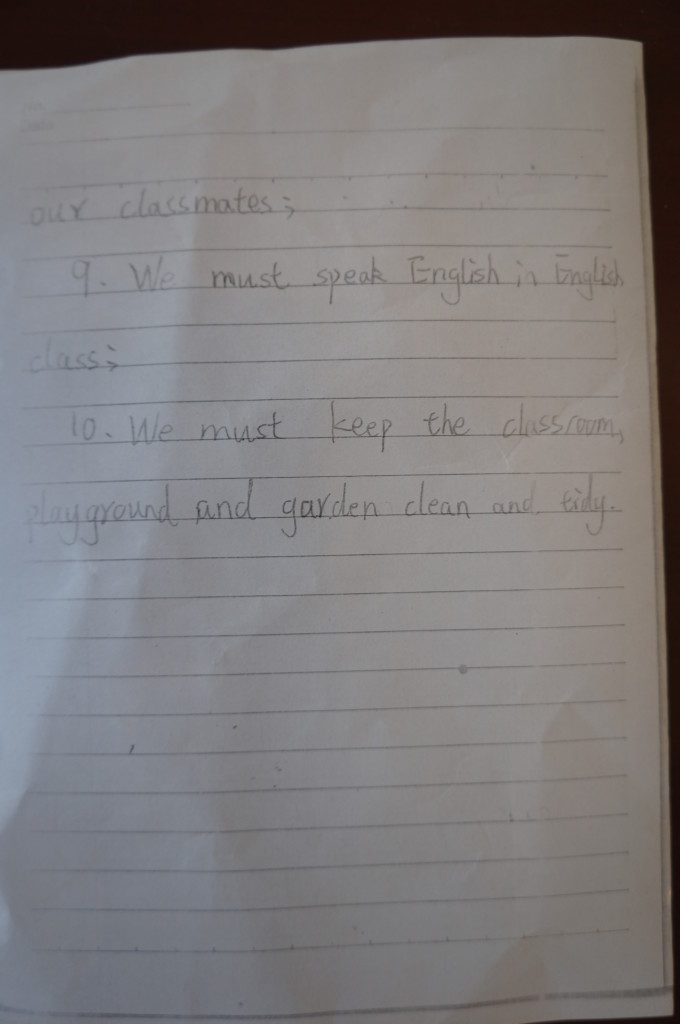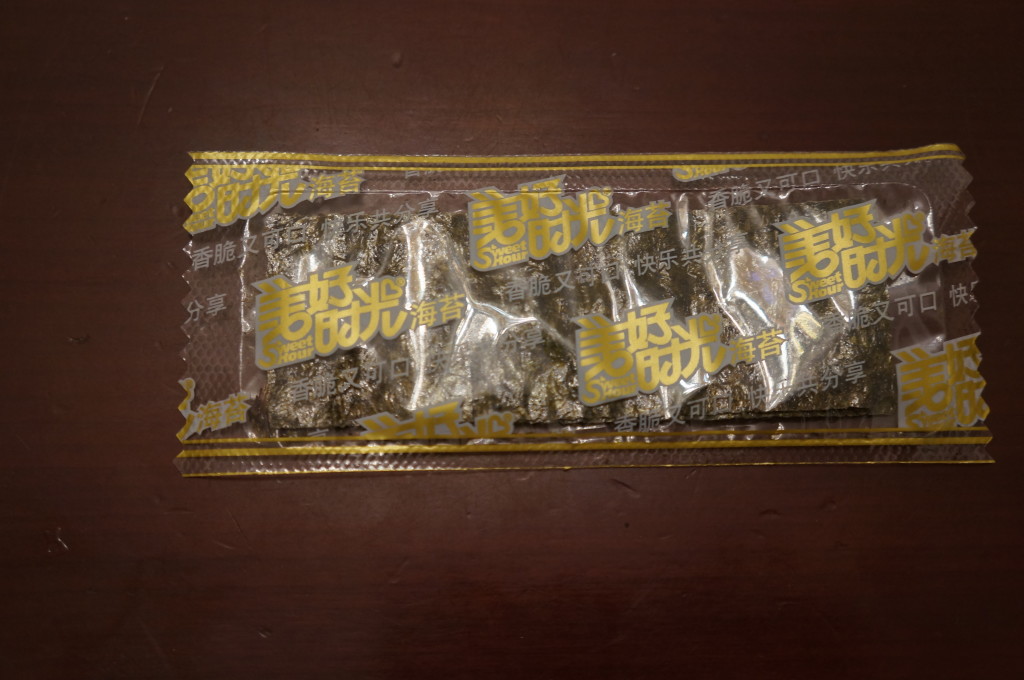One of the most common mistakes my students make in speaking English isn’t their fault. They’re just doing what they’ve been taught. But they’ve been taught wrong.
I call my battle to correct their errors The War on Pink-uh.
Nearly all of my students have learned the Roman alphabet and the basics of phonics by the time they start studying with me. Their well-meaning teachers have taught them “T sounds like tuh; P sounds like puh; and K sounds like kuh.” My students have learned these sounds very well–but unfortunately, they have learned them as voiced consonants, as I have written here. Little wonder, then, that as we work through the color words, we get hung up on pink:
Me: What color is it?
Student: It’s pink-uh.
Me: Pink.
Student: Pink-uh.
Me: No, not Pink-UH. Pink!
Pause
Student: Pink-uh
Me: [facepalm]
I spend more time trying to fix pronunciation of that word than any other. Oddly, my students rarely say “black-uh,” probably because it doesn’t require them to put two consonant sounds together.
So please, all you preschool and kindergarten teachers out there: T is not tuh, P is not puh, and above all, K is not kuh. Turn off the voice on those, would you?







































